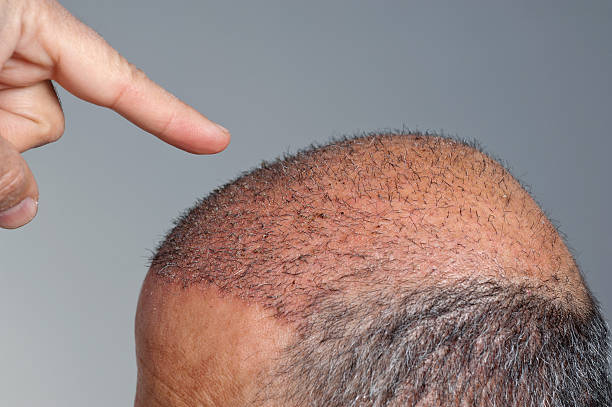Understanding Hair Transplants: An In-depth Examination
Hair transplant is a term that has been circulating with increasing frequency in our modern society. With people becoming more conscious about their looks and the stigma attached to balding, hair transplant has become an increasingly sought-after solution for many. It is a surgical procedure that involves moving hair you already have to fill an area with thin or no hair. This article aims to delve into the history, current trends, impacts, and reception of hair transplants, providing unique insights on the subject.

The Historical Context of Hair Transplants
Hair transplants were first performed in the early 19th century, with some of the earliest recorded attempts taking place in Germany around the 1820s. However, these efforts were often met with limited success due to the rudimentary techniques and lack of understanding of hair growth patterns.
The modern era of hair transplantation began in the 1930s in Japan. Surgeon Dr. Okuda started using small grafts similar to the ones used today. His work remained largely unknown until the 1950s when American dermatologist Dr. Norman Orentreich began to experiment with the concept of “donor dominance,” which maintains that hair could be transplanted from areas of the scalp not affected by hair loss to the balding areas and continue to grow.
The procedure has come a long way since then, and today’s methods are much more sophisticated and natural-looking than the “plug” look of earlier hair transplants.
The Current Landscape of Hair Transplants
Today, there are primarily two types of hair transplant procedures: Follicular Unit Transplantation (FUT) and Follicular Unit Extraction (FUE). While FUT involves removing a small strip of tissue from the back of the head from which hair grafts are extracted, FUE involves taking individual hair follicles directly from the scalp, causing less scarring and a quicker recovery time.
The industry’s current trend is leaning towards the FUE method due to its less invasive nature. Robotic hair transplantation, an advanced form of FUE, is also gaining popularity. This procedure involves a machine with a robotic arm that assists in graft harvesting, leading to a more accurate and efficient process.
The Impact and Reception of Hair Transplants
Hair transplants have had a profound impact on society. They have become a viable solution for people suffering from hair loss, offering an opportunity to regain their confidence and self-esteem. The procedure has been widely accepted, and its demand is growing.
However, the procedure is not without its criticisms. Some argue that it perpetuates unrealistic beauty standards and encourages unnecessary cosmetic procedures. Moreover, it’s not always successful, and the cost can be prohibitively high for many.
Unique Insights on Hair Transplants
One of the less discussed aspects of hair transplants is their psychological impact. Hair loss can be a traumatic experience for many, leading to issues such as depression and anxiety. The possibility of restoring their hair can have a significant positive psychological impact.
Moreover, the evolution of hair transplant techniques reflects the broader trend of personalized medicine. The procedure is tailored to the individual, considering factors like hair type, color, and growth patterns.
The Balance between Depth and Accessibility
While hair transplants offer an effective solution to hair loss, it is vital to thoroughly research and understand the procedure before making a decision. Hair transplant surgery is a significant investment, both financially and emotionally, and should not be taken lightly.
In conclusion, hair transplants have come a long way from their early beginnings. Today, they are a widely accepted method of treating hair loss, with techniques continuously evolving to become more efficient and less invasive. However, it’s essential to remember that while hair transplants can provide a solution, they are not a magic cure for all hair loss issues. It is always best to consult with a medical professional to determine the best course of action for you.




